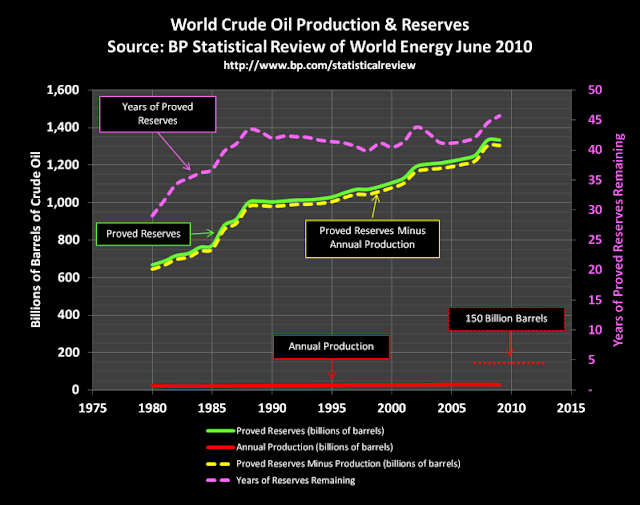Transcranial direct current stimulation (or TDCS), is a type of non-invasive brain stimulation in which weak electrical currents are applied to the head via electrodes for a short time (about 20 minutes). The effects of this brain stimulation can last up to 12 months and can elicit changes in neurotransmitter concentrations. Most research has focused on using this type of stimulation as a means to improve the cognitive capacities of people with certain psychological or cognitive disabilities. But recent research has shown that TDCS may also improve the cognitive capacities of those without such disabilities. Studies have shown that several aspects of cognition may be improved, such as motor skills, vision, decision making, mathematical cognition, language and memory. _Scince2It sounds very promising.
If transcranial DC stimulation (TDCS) can truly help normal children and adults to learn better, and to develop better motor skills and decision making, does that make TDCS something which elitist academics, bureaucrats, and politicians should regulate according to their own peculiar calculus?
This has spurred researchers from Oxford University to write a brief essay, published in Current Biology, in which they address some of the ethical issues arising from this realization.More: Neuroethics of non-invasive brain stimulation PDF Download
They highlight four characteristics of TDCS that result in some special ethical considerations.
The tools for TDCS, which are inexpensive, portable and (apparently) safe, can be used at any time, for any function, by anyone.
It is not restricted to clinics or laboratories (cheap and portable, remember…)
It is an external enhancement, which, for most people, is less of a problem than internal ones.
It can be applied to any cortical brain area and has potentially enduring effects.
Next, they focus on two issues in particular: premature use of TDCS and using it on the developing brain. While it seems promising, little is known about the ‘proper way’ to use this form of stimulation. Might promoting one capacity negatively affect another one? Can using TDCS early in development have adverse effects on brain development? Both questions still require research. _Sciencew
The downloadable essay by Oxford University researchers calls for more research, and warns of possible unforeseeable consequences of the application of this technology for children. This is prudent advice, if only it would stop there. But instead, what we are likely to see is a move to prohibit the use of TDCS and similar possible brain enhancement technologies outside of carefully controlled, government sanctioned facilities.
What this high level attention to brain enhancement in general and TDCS in particular suggests, is that private, non-governmentally attached or funded research into these fields is critically important.
The human brain as it currently exists, is in poor position to navigate the perilous current channels of the rapidly approaching future. Modern governmental educational systems are geared toward a "dumbing down" of children. The result of government education is an increasing dependency of graduates on the institutional structures of government and quasi-governmental organisations. All of this at a time when the powers of human intelligence and ingenuity are needed as never before.
Keep an eye on how government begins to treat mind enhancement research.
More: How to turn every brain into Spock's brain
How long before we develop a human superbrain?
Cognitive enhancers of today and tomorrow






